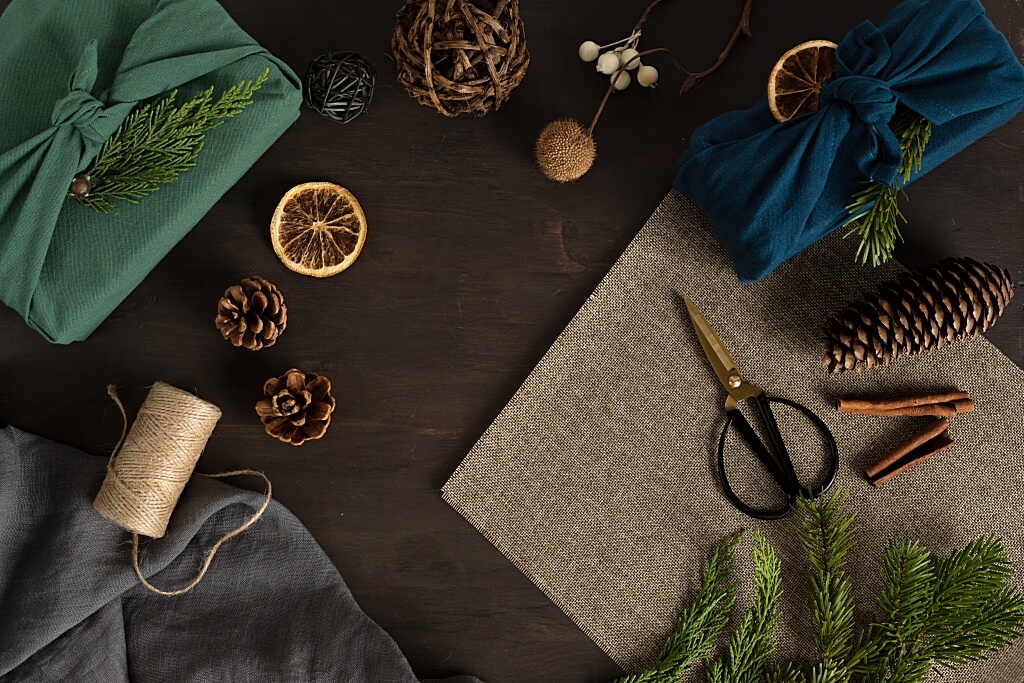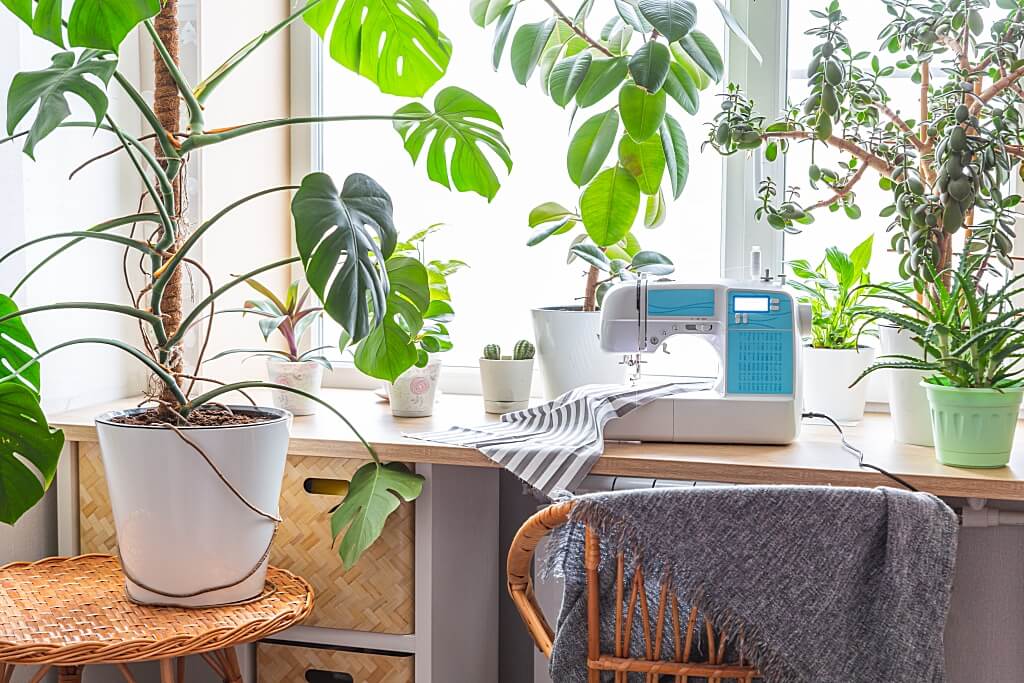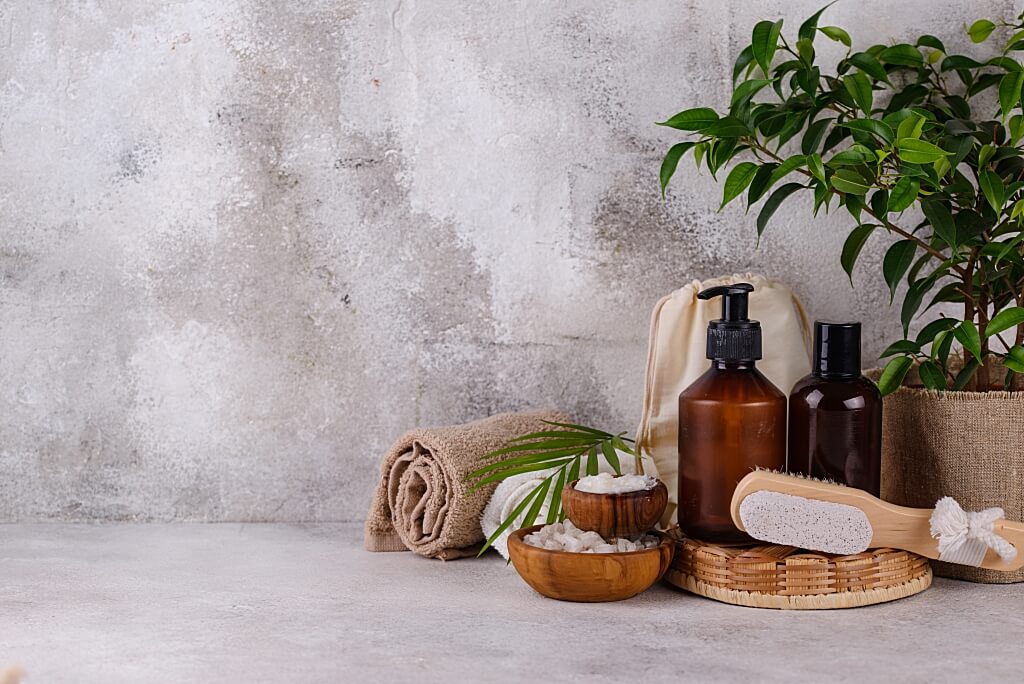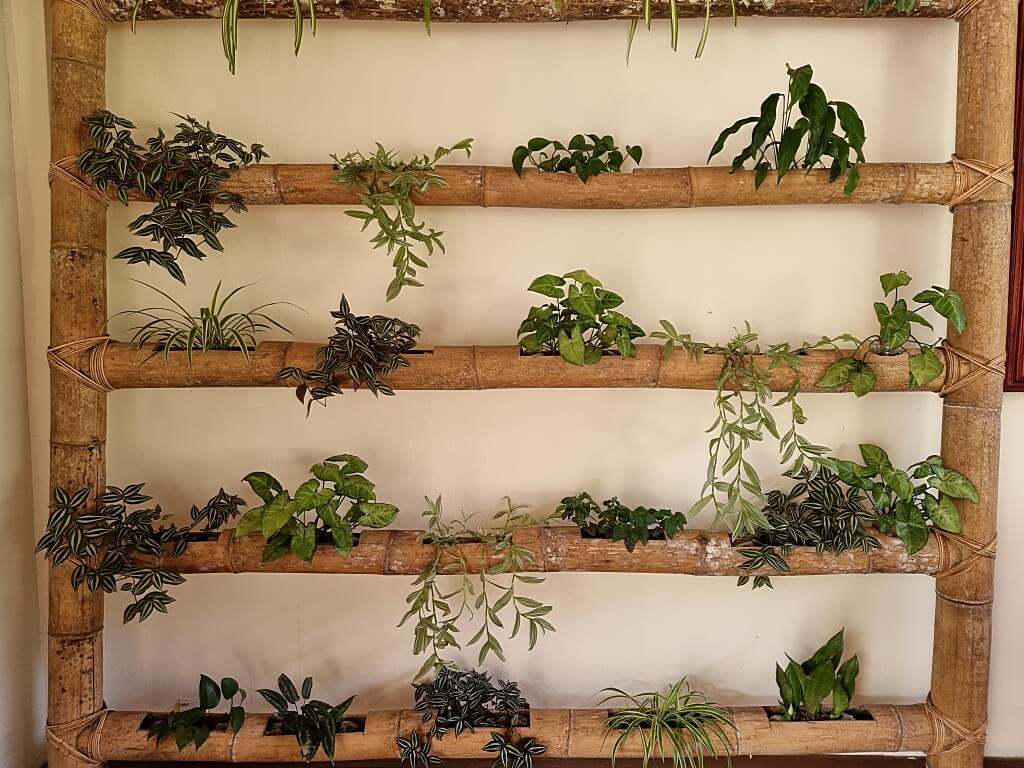Sustainable Interior Design for future – Design for tomorrow
19/12/2022 2023-12-02 18:05Sustainable Interior Design for future – Design for tomorrow
Designers craft spaces that anticipate our needs and appeal to our emotions while pulling from a broad set of skills and technical knowledge. Interior design has changed dramatically since the early 20th century when it was just beginning to emerge as a profession. Sustainable Interior Design is a new horizon to understand for creating innovative designs.
Interior designers need to have a good understanding of:
Textiles, materials, color, space planning, sustainability, and more.
There are many software applications available for computer-aided design (CAD) and building information modeling (BIM). These programs can be used for a variety of purposes, from creating 2D and 3D designs to managing construction projects.
Structural requirements, health and safety issues, and building codes are important for any construction project.
Interior designers have a lot on their plate, working with all kinds of different people in a variety of fields. To achieve success as an interior designer, it is important to have a strong educational foundation and the ability to work well within various design disciplines. These may include architecture, graphic design, decorative arts, and textile, furniture, and lighting design. By developing a sturdy skill set in these areas, interior designers can set themselves up for a successful career.
Sustainable Interior Designers
As a designer, it is important to be conscious of the impact your work has on the environment. One way to do this is by collaborating with other designers who specialize in eco-friendly materials and techniques. By working together, you can create an ideal design that minimizes the negative impact of the design industry on the environment.
An Interior Designer’s role in Sustainable Designing
Green or Sustainable interior design is all about making indoor spaces more livable for the people using them. This can be done by analyzing how people interact with their surroundings and making changes that will enable maximum efficiency while minimizing negative impacts on the environment. Aesthetics are also important in green interior design. One of the main assessment categories for Leadership in Energy and Environmental Design (LEED) is indoor environmental quality.

Interior design that focuses on sustainability places an emphasis on using eco-friendly materials, reducing pollutants, and improving the quality of air, lighting, and thermal comfort. Interior designers have the power to educate their clients about the benefits of sustainable living and help create a healthier future. Important elements of sustainable interior design include using eco-friendly materials, reducing pollutants, and improving the quality of air, lighting, and thermal comfort.
Let’s learn more about Sustainable Interior Design Ideas –
1. Evaluate Sustainable Lighting Options
The mood of any given space is more than just the furniture. Lighting plays just as big of a role, if not more. As an interior designer, you can add green design principles to light sources in your homes to bring about the desired mood. Not only is it strategic, but it can taste great, too!
Energy-efficient LED light bulbs
More and more homeowners and planners are shifting towards LED light bulbs because they hold a bright future for our planet. According to environmental protection agencies, LED light bulbs to use at least 75% less energy than incandescent bulbs and last 25 times longer. (https://mva.la) You can now shift to energy-efficient LED models that consume less energy than conventional light bulbs. Installation of LED bulbs into pendant lights and lamps is also a far more attractive and pocket-friendly option.
Examine Your Light Fixtures for Heat Loss
While you might assume that your home’s doors and windows are the primary sources of heat loss, they aren’t the only culprits. Recessed ceiling lights can also let heat escape through the loft and outside. To prevent this from happening, inspect your lights periodically and add extra insulation around the fixtures. Not only will this be good for the environment, but ‘green’ light bulbs are also more energy efficient and can help you save money on your energy bill.
Natural Light Source – Sun
You can adjust your curtains to let in as much or as little light as you want. If you want to take advantage of natural sunlight, choose curtains that are lightweight and sheer. This will allow the sun to be your main light source during the day and help you get your daily dose of Vitamin D.
2. Sustainable Interior Design ideas for Other Green Home Solutions
You can now design your home with the environment in mind! You don’t have to sacrifice style for sustainability; there are plenty of beautiful and eco-friendly design options out there. Use sustainable and recycled materials, energy-efficient lighting, and green technology to help the planet and your wallet.
 Use Biofuel for Fireplaces
Use Biofuel for Fireplaces
While a fireplace might seem like a comforting addition to your home during colder months, it can be a headache to maintain. Poorly maintained fireplaces can let warm air escape and cold air get indoors. But there is a more modern, eco-friendly option for cozy, comforting indoors – using a green source of fuel for your fireplace.
Antiques – Recycle and Revamp
Antique furnishings are a great way to go green in your house. Whether you have inherited antiques or are a collector, it is always a great sustainable option. In a way, you are giving new life to vintage items for years to come, may it be tables, mirrors or furniture sets, etc. Antiques tend to bring a traditional and rustic vibe to your home and also add an attractive upgrade too. So next time you are looking for a new addition to your home, shop for old, vintage furniture instead of purchasing new furniture from the store, and give these pieces a practical and aesthetically pleasing makeover for a long-lasting affair.
3. Style Your Interiors with Sustainable Interior Design Ideas
Here are some design aesthetics that offer environmental benefits along with great-looking interiors for eco-conscious designers:
 Green Country Look
Green Country Look
Rustic spaces are all about embracing the earthy, natural, and recycled. If you’re aiming for this type of aesthetic in your home, you’ll want to look for flooring made of reclaimed wood. This not only looks great and stays true to the rustic theme, but it’s also eco-friendly! Another way to achieve the rustic look is by shopping at antique stores or flea markets for one-of-a-kind pieces that will give your home personality and charm. Not to mention, you’ll be doing your part to reduce waste and help the planet by reusing items instead of buying new ones.
Minimal Interiors
“Less is More” is a principle that can help you create more sustainable and ergonomic interiors. Minimalism is a way to declutter, organize, and have fewer things, which in turn lessens the negative impact on the environment. Scandinavian design usually takes a minimalist approach and focuses on raw, organic materials.
 If you’re interested in décor that follows the “bare-essentials” mindset, you might want to focus on using fewer items in your home that come from non-renewable resources. For example, you can use natural materials like organic cotton, linen, and hemp for bedsheets and other upholstery. You can also use a small area rug made of jute fibers instead of synthetic materials. Additionally, you can use fireplaces with bio-fuels instead of electricity-based heating gadgets in chilly winter times.
If you’re interested in décor that follows the “bare-essentials” mindset, you might want to focus on using fewer items in your home that come from non-renewable resources. For example, you can use natural materials like organic cotton, linen, and hemp for bedsheets and other upholstery. You can also use a small area rug made of jute fibers instead of synthetic materials. Additionally, you can use fireplaces with bio-fuels instead of electricity-based heating gadgets in chilly winter times.
4. Design Your Dream Spaces
Creating a sustainable home means taking a closer look at the details and being aware of what green practices can be implemented. Just like learning anything new, understanding what being “green” entails is just the introduction to making your home eco-friendlier. Not only does it help the environment, but making your home greener can save you money down the line in things like energy and repair costs.
If you’re interested in ways to make your space more sustainable, check out Neo! Our interior design software comes with a catalog of design pre-sets that can inspire sustainable designs for spaces of all shapes and sizes. You can browse through the collections, filtering by different styles and themes, to find one that works for you!
We help support architects and interior designers who want to implement sustainable and biophilic approaches in the spaces we live and work in. This way, we can help take care of the environment and improve our well-being at the same time.
We believe that to create your next dream space, it is crucial to know about sustainable design, sustainable materials, and market trends. We have the necessary knowledge and can help you to achieve your goals.













